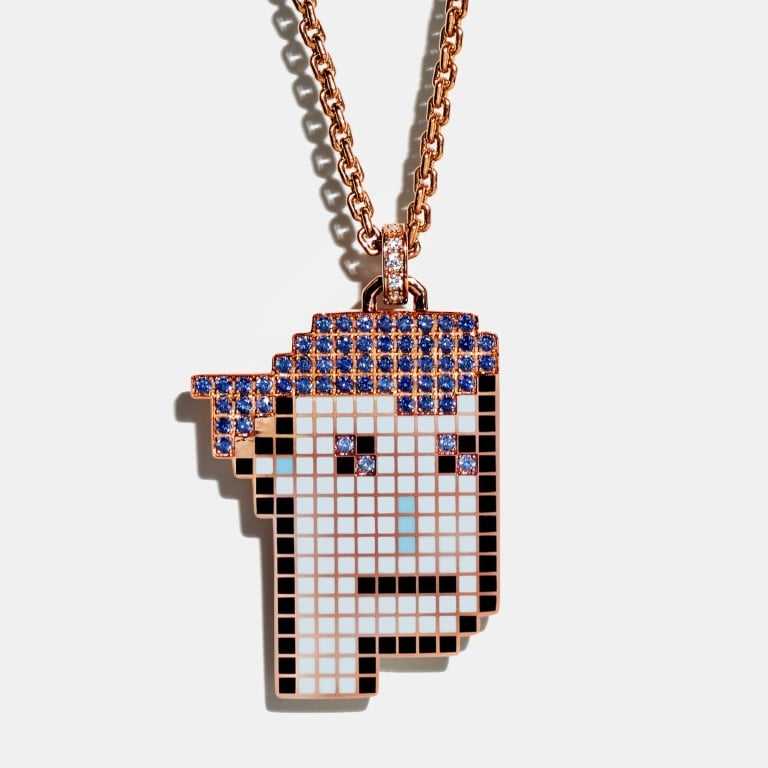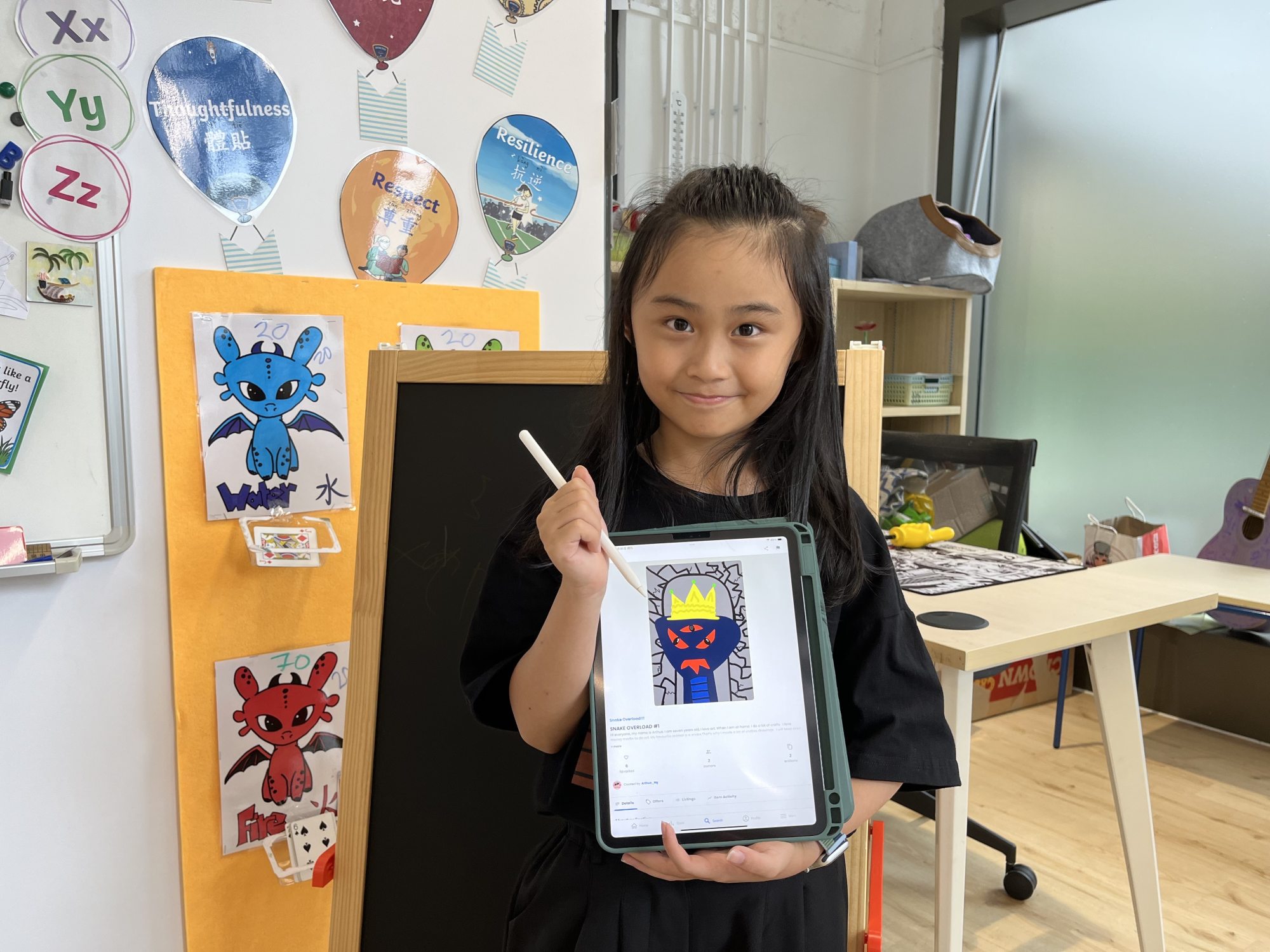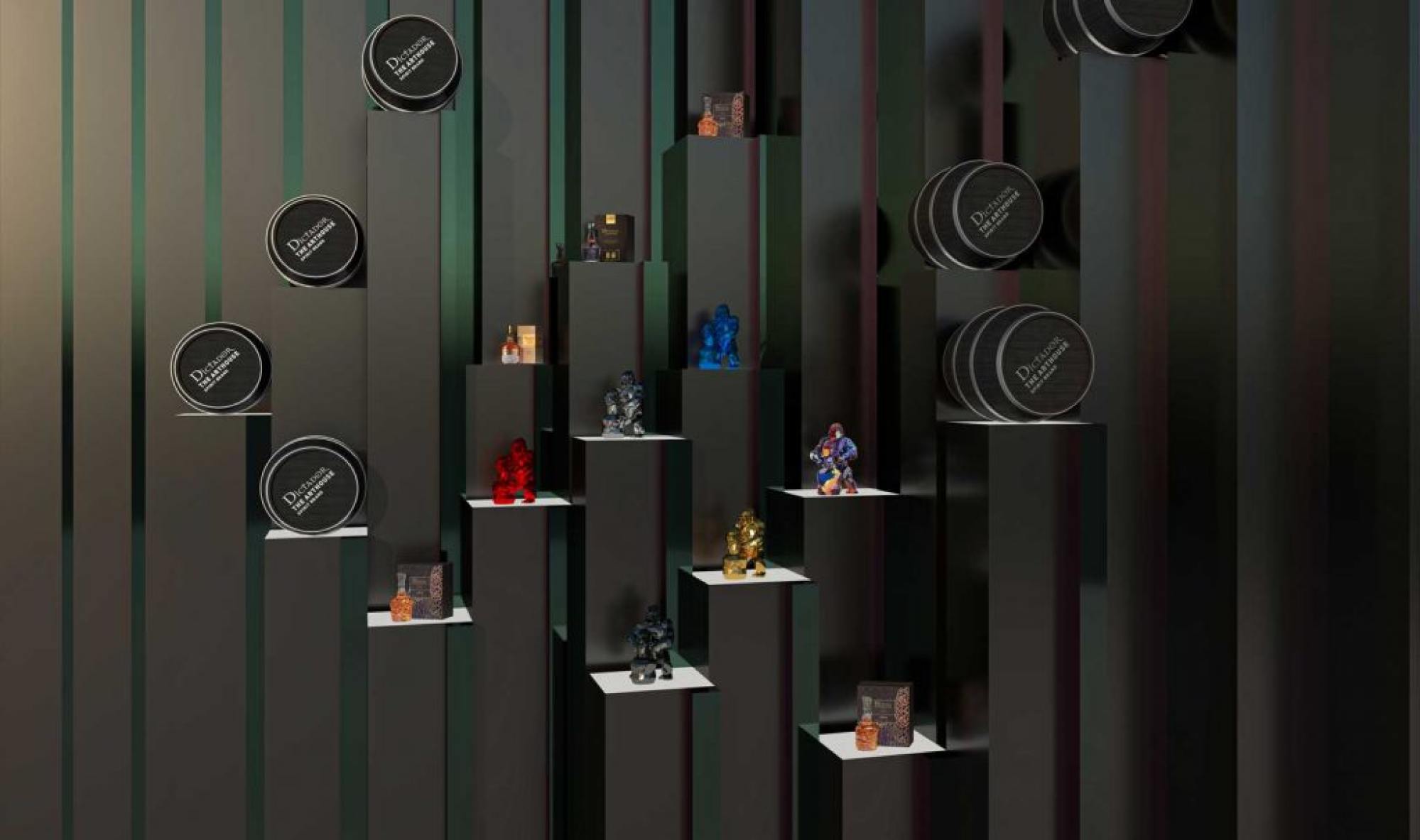Opinion / How do you turn an NFT into a luxury good? LVMH’s Tiffany & Co. and Dictador, dubbed the most luxurious rum in the world, encourage desirability in the metaverse to draw in millennials and Gen Z

This article is part of STYLE’s Inside Luxury column
The number of metaverse projects in luxury seems almost infinite. Practically every day there is a new initiative launched somewhere in the world, whether it’s an NFT collection, virtual real estate or a game.

The challenge: many of these projects create no value and no desirability. For example, during the Super Bowl, one well-known brand created a metaverse event that was marketed in a significant way. Sadly, it was a party where, besides the hosts, almost no one came. The few visitors who joined with their Oculus Quest virtual reality devices found themselves in a virtually abandoned space. Not a great signal to the digitally savvy Gen Z audience that the brand was trying to attract.

It’s one of many examples where brands try to rush metaverse projects without doing their homework on a few parameters: why should someone engage? How is the value created? What is the endgame? Who is the audience on a platform?
Meet Titus Low, Singapore’s controversial influencer living the high life
Many metaverse platforms have a high proportion of kids in their teens and even younger (often masked when their parents sign them up), far from those that brands want to be targeting. Brands sometimes spend millions of dollars on channels where they meet the wrong audience or where they meet literally no one. It may help a little to get the word out in a press release, but initiatives like these can have a fatal effect on brand equity.

The same goes for many NFTs. What many brands forget is that an NFT without a story is the same as a blank canvas. On its own it’s worth nothing. What makes it valuable is the artwork and the story it tells through the talent and fame of the artist. And yet, many brands launch endless NFTs that are dead on arrival. They do it to be part of the hype and due to FOMO.

The brand has a long history of important collaborations with artists. Some of Dictador’s physical rum bottles achieve prices of US$100,000 and more, like those in the 5 Decades project: ultra-rare rum, stored for more than five decades and offered in one-off-bottles crafted by Richard Orlinski. Even the distillery in Colombia has become a spectacular art exhibition space where artists get total freedom to express their creativity.
Inside luxury fashion’s sustainability evolution

In this spirit, Dictador collaborated with the artist Mariusz Waras to develop a futuristic collection of NFTs based around an artistic representation of a city map. All of the NFTs act as membership tokens to the DAO (Decentralised Autonomous Organisation), which will manage a treasury of some of the rarest rums. The DAO members decide on the use of the treasury. A limited number of the NFTs can be transformed into a physical bottle with rum out of the treasury, with the representation of the NFT transferred onto a meticulously sculpted bottle.

I asked Marek Szoldrowski, Dictador’s president, what was critical to his team in differentiating the project: “We wanted to make sure that our DAO and our NFTs are backed by real-world assets, so that we give significant substance and maximise the potential for a value increase over time. Individually designing each NFT was an important component too, the artistic aspect is critical. We see it as the next generation investment, art with financial potential. The treasury value has already achieved US$1.5 million at presale.”
The public sale of ArtHouse Spirits DAO started on August 15, with the first 1,000 buyers gaining the opportunity to buy a unique work of art too.

Each NFTiff can be redeemed for a custom Tiffany & Co. pendant, which, similar to Dictador’s DAO, connects a tangible real-world value and the story of a personalised choice to the value creation model.
How Neymar spends his millions, from Bored Ape NFTs to GaGá Milano watches

The exclusive nature of the offer points to the future of brand collaborations and client communities. It’s also a clever model to test a new collection with minimum investment into inventory.

The problem with fashion NFTs? You can’t wear them everywhere (yet)
Additionally, creating innovative digital brand communities is not just about a gathering of a group of like-minded people – there is also the possibility of long-term brand engagement, connection with clients and providing exclusive access to opportunities not available to others. This is a benefit that money can’t buy. To use my definition of luxury, it is “extreme value creation”, not just a blank canvas.

- Colombian rum distiller Dictador collaborated with artist Richard Orlinski on the 5 Decades project – now they are producing ArtHouse Spirits DAO with Mariusz Waras
- American jeweller Tiffany sold 250 CryptoPunk NFTiff pendants, offered only to holders of CryptoPunks, a collection of 10,000 NFTs on the Ethereum blockchain